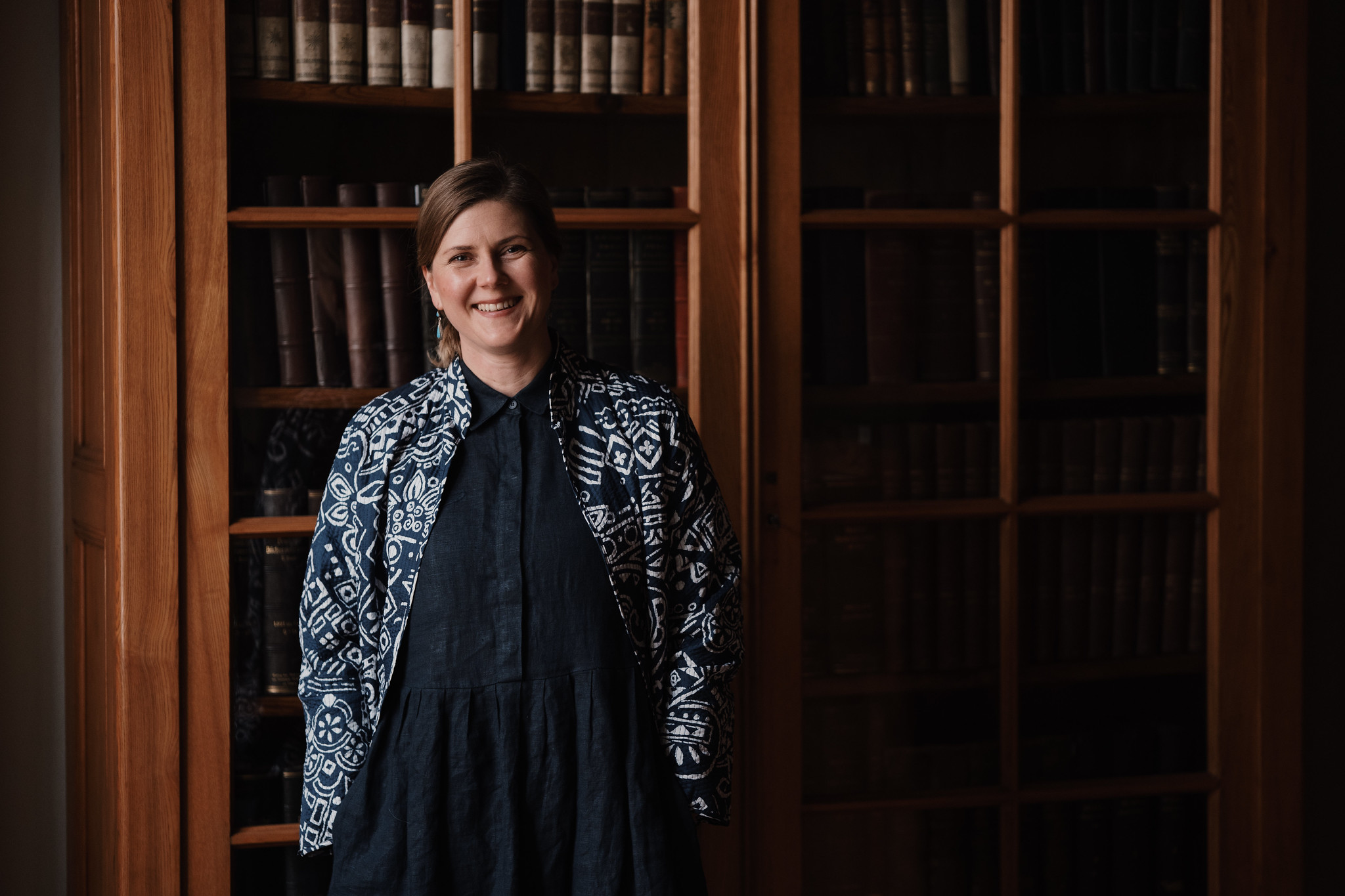Prestigious ERC Consolidator Grant for VU Researcher’s Project on Biodiversity Changes in Cultivated Plants in the Past
 The European Research Council (ERC) has awarded a €2 million grant to Dr Giedrė Motuzaitė Matuzevičiūtė Keen, a bioarchaeologist at Vilnius University (VU). Funding has been awarded for her project Past & Future Millet Foodways. Lithuania’s first recipient of an ERC Consolidator Grant says knowledge about the diversity, distribution, and integration of cultivated plants in the past can help address today’s global challenges: biodiversity loss, food insecurity, and climate change.
The European Research Council (ERC) has awarded a €2 million grant to Dr Giedrė Motuzaitė Matuzevičiūtė Keen, a bioarchaeologist at Vilnius University (VU). Funding has been awarded for her project Past & Future Millet Foodways. Lithuania’s first recipient of an ERC Consolidator Grant says knowledge about the diversity, distribution, and integration of cultivated plants in the past can help address today’s global challenges: biodiversity loss, food insecurity, and climate change.
Filling the gap
Dr G. Motuzaitė Matuzevičiūtė Keen heads the VU Bioarchaeology Research Centre (Faculty of History, Department of Archaeology). Her area of interest is past human diets, crop domestication and the dispersal of cultigens across Eurasia. In particular, she is focused on the impact the transition to agriculture had on social and environmental changes. The ERC selected this project as one of the most interesting examples.
“Throughout human history, we have cultivated thousands of different types of plants, while today, a few crops - rice, maize and bread wheat - account for most of our calorie intake. Biodiversity loss poses challenges for agriculture globally. Science has already answered the question of when certain crops were domesticated in ancient times and by what routes they spread around the world. However, we still don’t know how and why cultivated plants spread in the past, why some plants were accepted and continued to be cultivated and consumed, while others never caught on or were eventually eliminated from our diets,” says the researcher.
She intends to fill this gap with an interdisciplinary study spanning biochemistry, climatology, archaeology, anthropology and other disciplines: “The research aims to understand how certain plant cultures spread, how they were integrated into human communities, why they were displaced, and what we can do to return to valuable, but currently forgotten, cultures.”
Capturing changes in people’s diets
She notes that diet and climate are one of the keys to studying human behaviour. The study will cover a large geographical area in eastern and central Europe and for the first time record changes in the human diet over a long period of time. This may eventually help understand fluctuations in biodiversity, reconstruct the past environmental niches in which certain plants thrived, and help more efficiently supply the land with food resources by drawing on the knowledge from the past in light of climatic change.
“The study will use millet as a key to understanding these processes. Due to unique biochemical properties, proso or broomcorn millet can be traced in space and time, linked to specific populations and climatic records. This crop has specific biomarkers and, therefore, compared to other cereals, provides much more specific information on how and why the biodiversity of cultivated plants is changing,” says Dr G. Motuzaitė Matuzevičiūtė Keen.
According to her, the biochemical properties of millets also allow for broader generalisations, such as how the success and fluctuation of millet cultivation are linked to climatic changes and the culinary preferences of past communities.
Involving Ukrainian scientists
The researcher claims that millet is an extremely beneficial crop for human health and the environment. In addition to its exceptional nutritional value, they have a low glycaemic index and are not high-maintenance, fast-growing and do not require watering or extensive manuring. Unfortunately, Lithuania and surrounding regions have almost completely forgotten this once-popular crop, but we know that it has been widely cultivated for thousands of years.
“Millet was cultivated in China around 8,000 years ago and arrived in Europe by ca 3,500 years ago. Technically, millet can be traced back to its initial integration in Europe, after its arrival from Asia via Ukraine. The project will therefore investigate the dispersal pathways of millet in south-eastern, eastern, and northern Europe in a wide range of ecosystems, starting from Ukraine, which is home to some of the oldest millet remains in Europe,” says Dr G. Motuzaitė Matuzevičiūtė Keen.
One phase of the study is planned specifically in Ukraine, involving the local scientific community: “As Ukraine will be one of the focus countries for the researcher, several positions have been allocated to researchers from this country. Therefore, palynologists and archaeologists from Ukraine should join the team as the project progresses.”
First ERC Consolidator Grant recipient in Lithuania
“Receiving an ERC grant is the highest accolade for a researcher. Being at the forefront of Europe’s scientific community is undoubtedly a significant accolade, both from a personal and a community perspective. I consider it an important scientific recognition, which gives me further financial support and, therefore, the freedom to carry out research. For the university as a whole, it is both prestige and even greater opportunities for positioning and competitiveness,” says the researcher.
She remarks that this achievement is also an essential event for the Lithuanian scientific community. Dr G. Motuzaitė Matuzevičiūtė Keen became the first national researcher to receive an ERC Consolidator Grant under Horizon Europe and the third to receive an ERC grant overall.
Other ERC grant-winning researchers are also part of the VU community. The 2022 Starting Grant has been awarded to Dr Stephen Knox Jones Jr, a biochemist researcher at the Life Sciences Centre (LSC). The 2017 Advanced Grant was awarded to Prof. Saulius Klimašauskas, Head of the Department of Biological DNA Modification at the VU LSC Institute of Biotechnology.
ERC grants are European Commission-funded support for research activities. These grants are aimed at supporting investigator-driven frontier research and reinforcing the progress of European science.